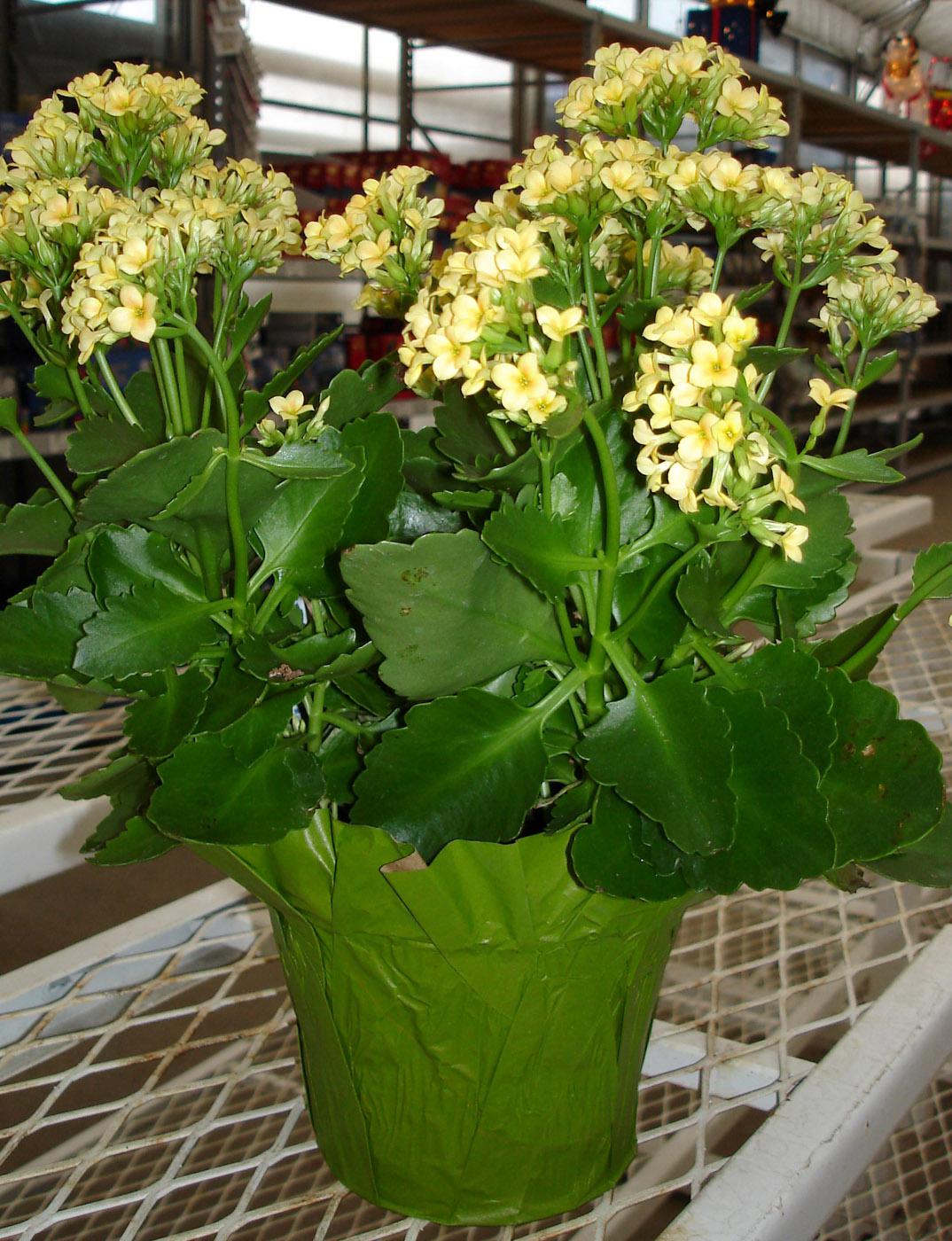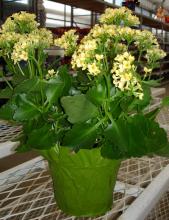Information Possibly Outdated
The information presented on this page was originally released on February 18, 2010. It may not be outdated, but please search our site for more current information. If you plan to quote or reference this information in a publication, please check with the Extension specialist or author before proceeding.
Chase away winter blues with blooming houseplants
This time of year can be hard on gardeners. The weather is nasty and we’re all closed up inside the house getting more irritable by the minute. It’s time to liven the mood with a blooming houseplant.
Check out your local garden centers or even the grocery store’s florist department for a cheery blooming azalea, Reiger begonia, cineraria or kalanchoe. Once you bring yours home, there are a few things you can do to get the longest cheery impact.
Florist azaleas in full flower will certainly get you in the mood for spring. These small potted plants come in red, pink, rose, bicolors and white. They bloom longer than regular azaleas, starting in winter and continuing through spring. These plants require lots of bright but indirect light while in flower.
Keep night temperatures between 55 degrees and 60 degrees to prolong flowering. Good drainage is a must. When it’s finished flowering, you can replant your azalea in a larger container, if needed, and move it outdoors after danger of frost has passed. During the growing season, you can plant the azalea in a shady landscape bed.
While it is growing, use a fertilizer recommended for acid-loving plants, following the directions on the label. Whether it survives the winter in your location depends on what type of florist azalea it is.
Reiger begonias are among the showiest houseplants around. Their single or double blossoms remind me of roses. A friend who traveled with me to the Lawn and Patio Show in Biloxi last February purchased two large pots of these begonias. I visited her Selmer, Tenn., home later that summer and these begonias were still blooming on her patio.
Blooms can be pink, rose, red, orange, yellow and white. Reigers need bright light to bloom well, but protect them from hot afternoon sun, which can burn and curl the leaves. Good drainage is essential, and you must allow the soil surface to dry between waterings. Do no overwater, which causes rot, and never wet the foliage.
Feed your blooming begonia with water soluble, bloom-booster fertilizer every time you water it. When the plant stops blooming, give it a three-month rest. Cease feeding and cut the stem to 3 inches above the soil line. When new growth appears, resume regular watering and feeding.
Cinerarias have spectacular, daisy-like blossoms of blue, pink or red that nearly smother the foliage. You’ll usually find them for sale only in winter because they need bright light and cool temperatures. This is one plant that won’t shy away from being placed near a cool window.
Watering them can be tricky. If you overwater, they rot; if you underwater, they wilt. Let the soil surface dry slightly between waterings and make sure the container drains freely. These plants should be treated as annuals—after cinerarias finish blooming, throw them out.
Kalanchoe plants are native to Africa and Madagascar. Their flowers come in many exciting colors including red, yellow, orange and pink, and they have been bred to last a long time. While the kalanchoe is in flower, water it thoroughly, letting the soil dry between waterings.
If the soil stays dry too long, the flowers drop prematurely. Depending on the size of the pot and the temperature, soil can take one to two weeks to dry out. Do not overwater kalanchoes because they do not like wet feet. Give new plants enough fertilizer to get them through their first flowering.
Kalanchoes tolerate most light levels but prefer medium light. The best room temperature is 50 degrees to 70 degrees during the day and 40 degrees to 65 degrees at night. After the plant has flowered, cut the stems back to the second or third leaf below the old flowers. Use a standard houseplant fertilizer every two to four weeks after new growth appears.
Getting a kalanchoe to reflower can be tricky. If you’re game, find instructions in Extension Publication 2309 Holiday Houseplants online or from your county Extension office.
So don’t be blue this winter. Chase away the doldrums with a beautiful, colorful blooming houseplant. I guarantee it will brighten your home, raise your spirits and get you excited about the gardening season ahead.









